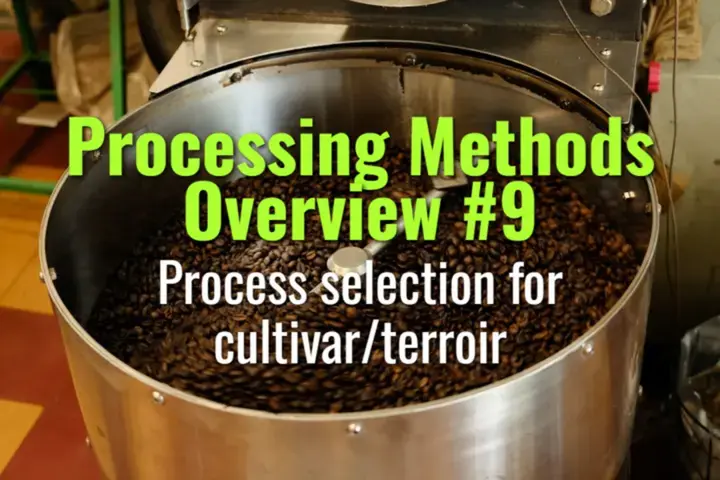
Process selection for cultivar/terroir
This topic explains how the choice of processing method interacts with coffee cultivar and terroir, shaping sensory outcomes and helping producers maximize both quality and market potential.

This topic explains how the choice of processing method interacts with coffee cultivar and terroir, shaping sensory outcomes and helping producers maximize both quality and market potential.
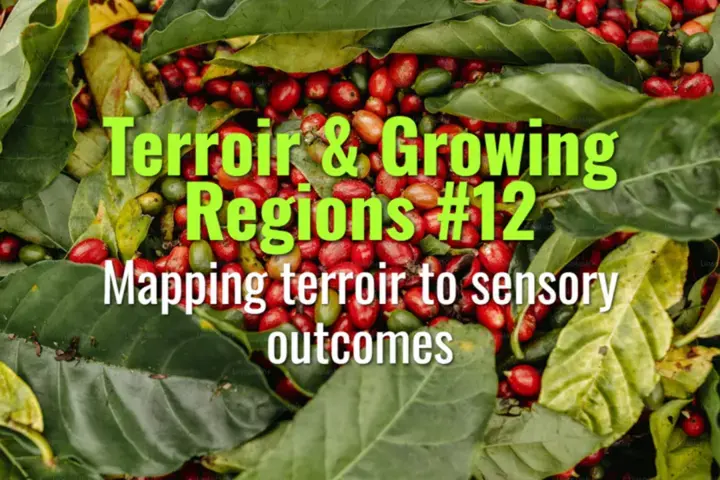
This topic explains how terroir factors such as soil, altitude, climate, and farming practices translate into sensory outcomes in the cup, and how these links are mapped and understood by producers, roasters, and consumers.
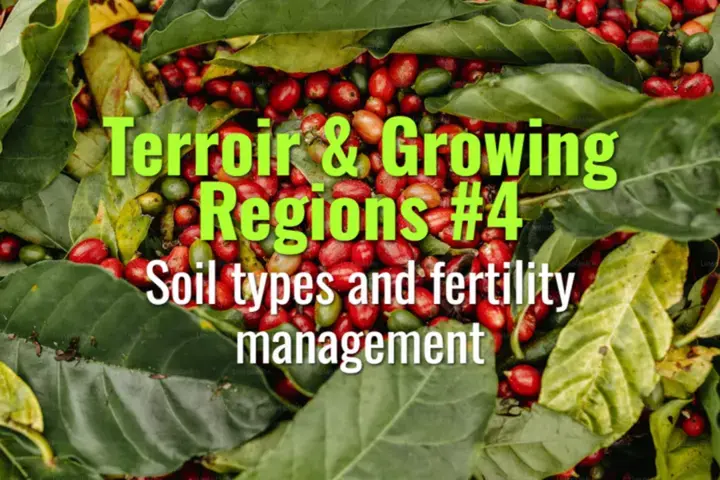
This topic explores the main soil types suitable for coffee cultivation, how soil fertility influences plant health and cup quality, and the management practices farmers use to sustain productive soils.
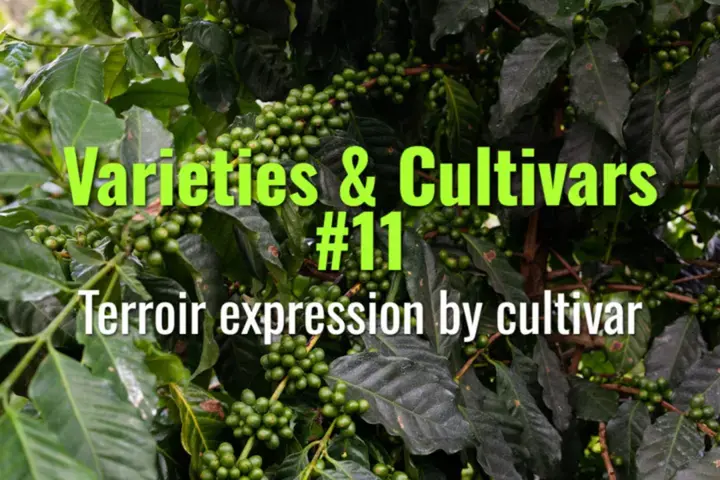
This topic explains how different coffee cultivars express terroir—the interaction of genetics with environment—shaping cup profiles, identity, and consumer appreciation of origin.
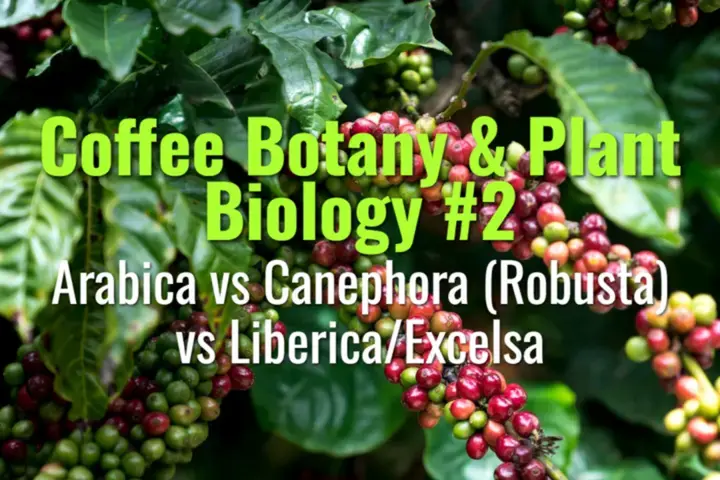
This topic compares the three main commercial coffee species—Arabica, Robusta (Canephora), and Liberica/Excelsa—covering their genetics, cultivation environments, bean traits, flavor profiles, and market roles.